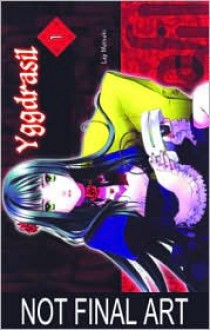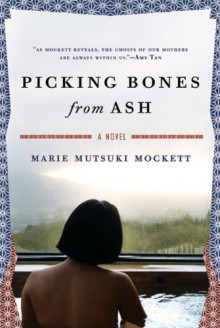
Yggdrasil introduces a near-future world (this volume was originally published in 2006, the story takes place in 2010) in which the Leaves operating system is hugely popular. Wood Soft, Inc. bundled Leaves with a free-to-play MMORPG, Yggdrasil, which likewise exploded in popularity. Some players' avatars have even become popular in the real world.
However, something strange is going on in the game. Monsters have been spawning in areas they're not supposed to. The Phantom, a powerful avatar whose player is rumored to be a professional programmer who created nearly 30% of all of Yggdrasil's magic spells, often appears whenever these strange monsters do.
This volume introduces four major characters: Koki, a high school student who spends too many hours playing Yggdrasil; Haruna, one of Koki's friends/classmates, who is nursing a secret crush on him (so secret she won't even admit it to herself); Gyoku, an annoying Yggdrasil player who types with an accent and hits on all female avatars; and Aoi, a Yggdrasil newbie.
To be honest, this bored me. I've seen this kind of setup before, complete with the same types of characters. Of course Haruna has a crush on Koki. Of course Gyoku is a lech. I correctly guessed the real world identity of Teal, a famous singer who built her fanbase via Yggdrasil. I came close to guessing the real world identity of the Phantom (or one of them, at least, since there may be more than one). The only reason my guess wasn't quite right was because I thought “it couldn't be that simple.” Yes, it could.
The story was an unfocused mess. First, there's the larger story of the Phantom and the hacker who's messing with Yggdrasil. Second, there's the issue of the players of popular Yggdrasil avatars freezing under pressure – Teal's player is reluctant to release more songs now that she's so popular in the real world, and the Phantom's player disappeared after he became popular. Third, there's Haruna's not-so-secret crush on Koki.
All these things could potentially have worked well together, but instead I felt like they were all fighting for story space. Haruna's crush, in particular, took up more pages than I thought were warranted. There I was, wanting to know more Yggdrasil and Koki's part in it all, and instead I got Haruna's friends teasing her about Koki and the size of her breasts (“They say [breasts'll] get bigger when a man massages them!” Wtf?).
The artwork wasn't to my tastes, either. Sometimes it looked fine. Sometimes it was so sketchy and dark that I had trouble figuring out what was going on.
I'm not interested in reading any further – maybe a good thing, since the third and final volume appears to be somewhat hard to get.
Extras:
A 2-page "Yggdrasil Official Terminology" section, a 2-page comic-style author's postscript, and a grand total of four translator's notes. The official terminology section turns out to be very useful for clarifying details that were a little confusing in the story.
(Original review, with read-alikes and watch-alikes, posted on A Library Girl's Familiar Diversions.)

 Log in with Facebook
Log in with Facebook 








